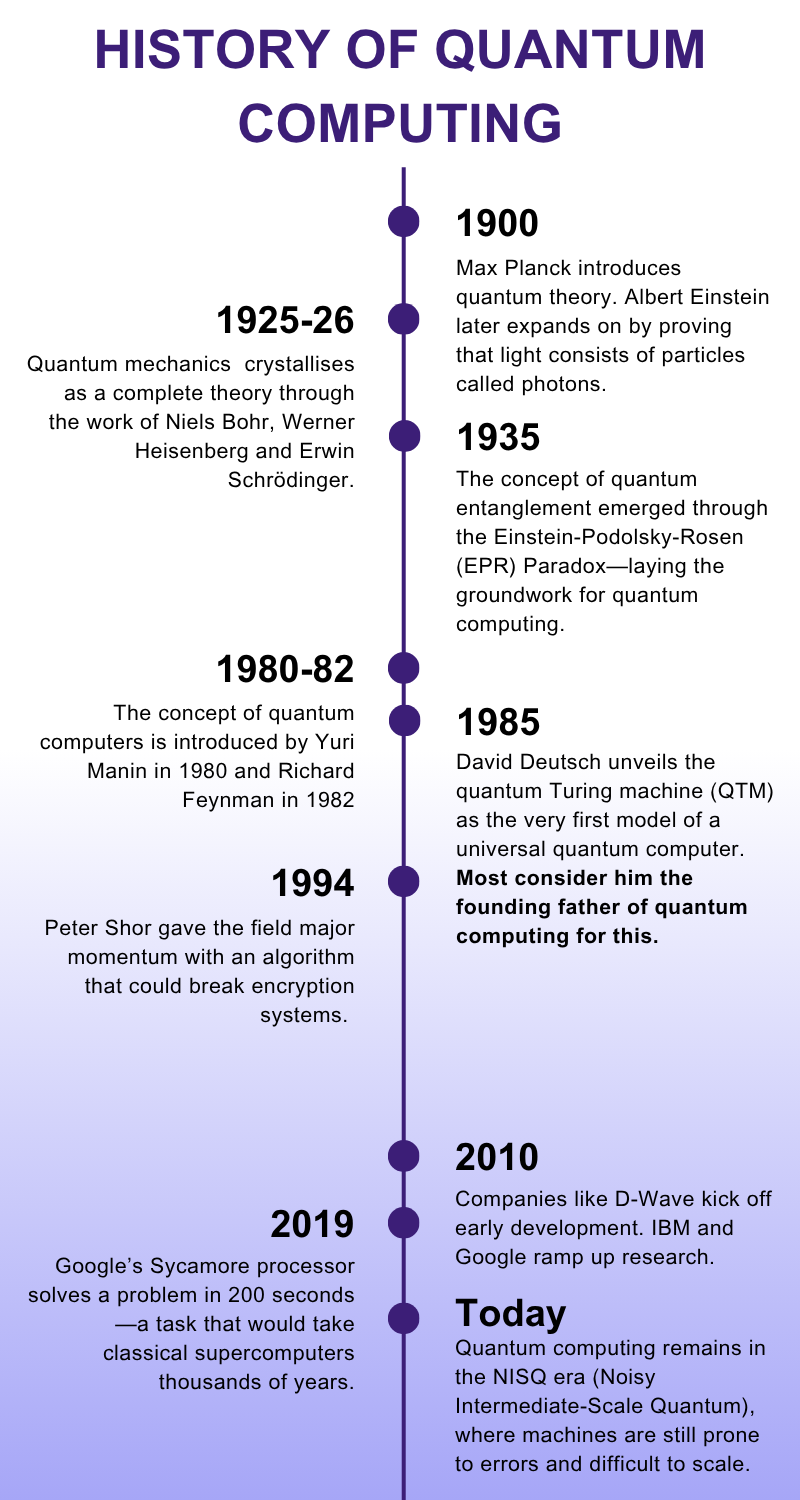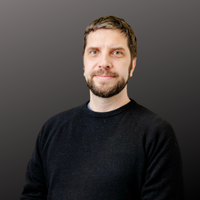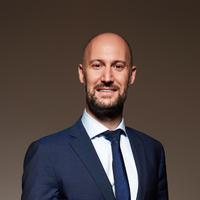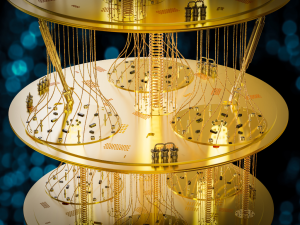There is a popular action movie where a superhero can foresee every possible future. The catch? He has to run through each scenario one by one to see how to stop the villain.
Quantum technology would be the ultimate sidekick: it could analyse all scenarios simultaneously to help find the best path forward.
This captures the revolutionary promise of quantum computers. While they won’t predict the future, they can tackle complex problems exponentially faster than is possible today. This extraordinary ability will make them a powerful ally in the real world. They could fast-track drug discovery, create unbreakable communication networks, and transform sectors such as energy, finance, AI, transportation, and more.
2025 marks the United Nations’ Year of Quantum, celebrating 100 years of quantum science. In one century, discoveries in physics have led to new technologies that have already fundamentally changed everyday life, and will continue to for centuries to come.
However, many challenges remain.
At the University of Luxembourg’s Interdisciplinary Centre for Security, Reliability and Trust (SnT), researchers lead innovative projects to advance this cutting-edge field.
What is quantum computing?
Quantum computing relies on the properties of quantum physics to solve problems that would take today’s most powerful supercomputers millennia to crack.
Quantum computers could:
- Identify patterns across huge datasets
- Solve complex optimisation problems with many variables
- Break current encryption methods
- Can provide unprecedented solutions to securing and handling data
- Accelerate advancements in countless sectors
Timeline: How quantum computing developed

Quantum computing did not begin with processors, but with physics. In 1900, Max Planck introduced his quantum theory, which Albert Einstein later expanded by proving that light consists of particles called photons.
But quantum mechanics only crystallised as a complete theory through the work of Niels Bohr, Werner Heisenberg and Erwin Schrödinger in 1925 and 1926. A decade later, the concept of quantum entanglement emerged through the Einstein-Podolsky-Rosen (EPR) Paradox—laying the groundwork for quantum computing.
The concept of quantum computers appeared almost half a century later, introduced by Yuri Manin in 1980 and Richard Feynman in 1982. However, most consider David Deutsch the founding father of quantum computing. In 1985, he introduced the quantum Turing machine (QTM) as the very first model of a universal quantum computer. His work demonstrated that a quantum computer could, in principle, outperform any known classical machine.
Peter Shor gave the field major momentum in 1994, with an algorithm capable of computing factors of large numbers much faster than classical methods—an algorithm that could break encryption systems.
The 2000s saw efforts shift from concept to hardware.
Companies like D-Wave kicked off early development, while key players such as IBM and Google ramped up research in the 2010s.
A breakthrough came in 2019 when Google’s Sycamore processor solved a problem in 200 seconds—a task that would take classical supercomputers thousands of years. This milestone, known as quantum supremacy, proved the potential was real.
Today, quantum computing remains in the NISQ era (Noisy Intermediate-Scale Quantum), where machines are still prone to errors and difficult to scale.
Universities, start-ups and tech giants are pushing the boundaries to overcome these challenges.
How quantum computing works
Classical and quantum computers have a few things in common. They both rely on circuits, computer chips, and logic gates. Both run on algorithms.
That’s about as far as similarities go. Some quantum computers look like massive, futuristic chandeliers rather than laptops. They also process information in a completely different way.
A traditional computer uses bits (binary digits), the smallest unit of digital information. A quantum computer uses qubits (quantum bits). Those two extra letters make a world of difference.
A bit is either 0 or 1—like a light switch being off or on. A qubit can be 0, 1, or even both at the same time. It only settles into a definitive value when measured.
Think of a spinning coin. It’s neither heads nor tails until it stops. Only then can you determine which side faces up. Qubits act the same way, staying in this in-between state called superposition until measured.
Entanglement is such a curious phenomenon that Einstein described it as “spooky action at a distance”.
This means qubits are linked in such a way that measuring one instantly determines the state of the other, regardless of distance.
Imagine spinning two coins that are somehow connected. If you stopped one showing heads, the other would instantly become tails, even if they were kilometres apart. Entangled qubits behave the same way: if one qubit is measured as 1, the other will instantly become 0.
These mind-boggling properties of superposition and entanglement help to give quantum computers their speed advantage over traditional computers.
What is quantum computing for?
The potential applications for quantum computing are so vast, it would be impossible to list them all.
Here are five key applications.
Healthcare: accelerating drug discovery
Drug discovery takes years of expensive trial and error in labs. Quantum computers could change that. By simulating chemical reactions at the molecular level accurately, they could help researchers identify the most promising molecules more quickly. This means new, more effective treatments could reach patients faster.
Cybersecurity: protecting sensitive information
Quantum computing could break the encryption that keeps our data safe today—from medical and banking information to national security communications. Fortunately, this technology also holds a key to protection.
In 2024, SnT successfully set up the first Quantum Key Distribution (QKD) connections between Luxembourg and Belgium (INT-UQKD and LUQCIA). QKD uses quantum mechanics to create virtually unbreakable encryption keys. This cross-border demonstration was a stepping stone towards building a quantum-secure European network.
Voting: creating trustworthy elections
What does technology have to do with democracy? Verifiable electronic voting systems are especially prone to attacks from quantum computers. This calls for quantum-safe systems that can help restore public confidence by creating verifiable and private electronic processes.
This is what SnT’s EquiVox project aims to achieve.
‟ The EquiVox project addresses the security challenges posed by quantum computing, which has the potential to break cryptographic algorithms commonly used voting systems, and even more intriguingly initiated research in quantum voting systems,”

Head of APSIA (Applied Security and Information Assurance) research group
Optimisation: sparking smarter decisions
Quantum computers excel at analysing numerous possibilities simultaneously. This makes them ideal for solving complex optimisation challenges across industries.
Power companies could optimise grid configurations. City planners could reduce traffic congestion. Financial firms could identify the best investment strategies. Logistics companies could find optimal delivery routes to reduce fuel consumption. The applications are endless.
Artificial Intelligence: boosting AI abilities
Today, AI is limited by training costs and processing power. Combine its learning capabilities with the speed of quantum computers, and you take AI to a whole new level. This fusion holds so many promises, it already has a name: Quantum AI.
From healthcare and climate modelling to finance, transportation, and more, quantum computing applied to AI could trigger the next technological revolution.
Where it stands: three key challenges
To turn this exciting potential into reality, engineers face three major hurdles.
The tricky thing with qubits is their extreme sensitivity to interference. The tiniest vibration or temperature shift can cause errors, a problem known as “noise”.
“When cars drive down the road, this generates vibrations that do not affect classical communication, but can put mechanical stress on the quantum communication link below the street,” explains Dr. Jorge Luis Gonzalez Rios, technical coordinator of the Quantum Communication Infrastructure (QCI) Lab.
To tackle this, industrial players and universities are working on reliable quantum error correction techniques.
Quantum computers still don’t have enough processing power for complex, large-scale applications. The most advanced systems have around 1,000 qubits, while experts suggest hundreds of thousands, or even millions of qubits will be required.
The challenge is more complex than it appears. Because qubits are highly sensitive and require a specific setup, adding qubits to a quantum system is nothing like adding memory to a laptop.
However, tech companies are making steady progress, developing larger, more stable quantum processors.
Quantum information doesn’t travel well over long distances. With every kilometre of fibre optic cable, the risk of losing quantum particles increases. The encrypted data is lost along with them.
One promising solution? Space, where there’s less interference.
This is the ultimate target for LUQCIA (LUxembourg Quantum Communication Infrastructure lAb), a national testbed led by SnT’s Signal Processing and Communications research group (SIGCOM). While the team has started with research on terrestrial networks, the long-term goal is to integrate satellites to efficiently transmit quantum signals over long distances.
“The quantum space revolution is upon us, and its European foundations are firmly rooted in Luxembourg,” explains Prof. Symeon Chatzinotas, head of SIGCOM.
What’s next: SnT paving the way for the next quantum leap
As a tech and communication hub, Luxembourg is positioning itself at the forefront of the quantum revolution, with SnT driving ambitious projects.
Launched in 2022, LUQCIA is a flagship initiative. This five-year project enables advanced collaborative research in QKD and quantum internet. Funded by the Next Generation EU programme, with the collaboration of the Department of Media, Connectivity and Digital Policy, LUQCIA is achieving key milestones—most recently marked by the cross-border QKD connection with Belgium.
Laying additional groundwork, SnT kicked off Lux4QCI (Luxembourg Experimental Network for Quantum Communication Infrastructure) in 2023. The goal is to develop and deploy Luxembourg’s first experimental quantum communication network. This EU-funded initiative gathers seven partners coordinated by Prof. Chatzinotas.
‟ “In the long term, the infrastructure we will have tested in LUQCIA and further implemented with LUX4QCI will make Luxembourg a key quantum infrastructure node in the heart of Europe, with far ranging economic benefits,”

Head of SIGCOM research group
“In the long term, the infrastructure we will have tested in LUQCIA and further implemented with LUX4QCI will make Luxembourg a key quantum infrastructure node in the heart of Europe, with far ranging economic benefits,” says Prof. Chatzinotas.
To support this ambition, SnT set up a dedicated QCI lab. Here, researchers can implement QKD connections for observations and work on every layer of quantum communication—from the hardware that sends quantum signals to the software that manages them. SnT also hosts the HybridNet Lab, where teams explore new ways to manage large-scale networks that combine different technologies, such as 5G, satellite, and quantum key distribution.
The research centre tackles security challenges too. Its group APSIA has been investigating new encryption techniques called post-quantum cryptography. It has collaborated with companies like LuxTrust to help future-proof security systems against quantum threats.
“New algorithms must be developed to allow us to continue to enjoy the benefits of the digital society,” says Dr. Roenne.
From secure e-voting systems to space-based quantum networks, SnT’s groundbreaking projects are building the foundations for the future of quantum communication. As technologies leap from labs to real-world applications, Luxembourg is helping shape what comes next, one qubit at a time.
